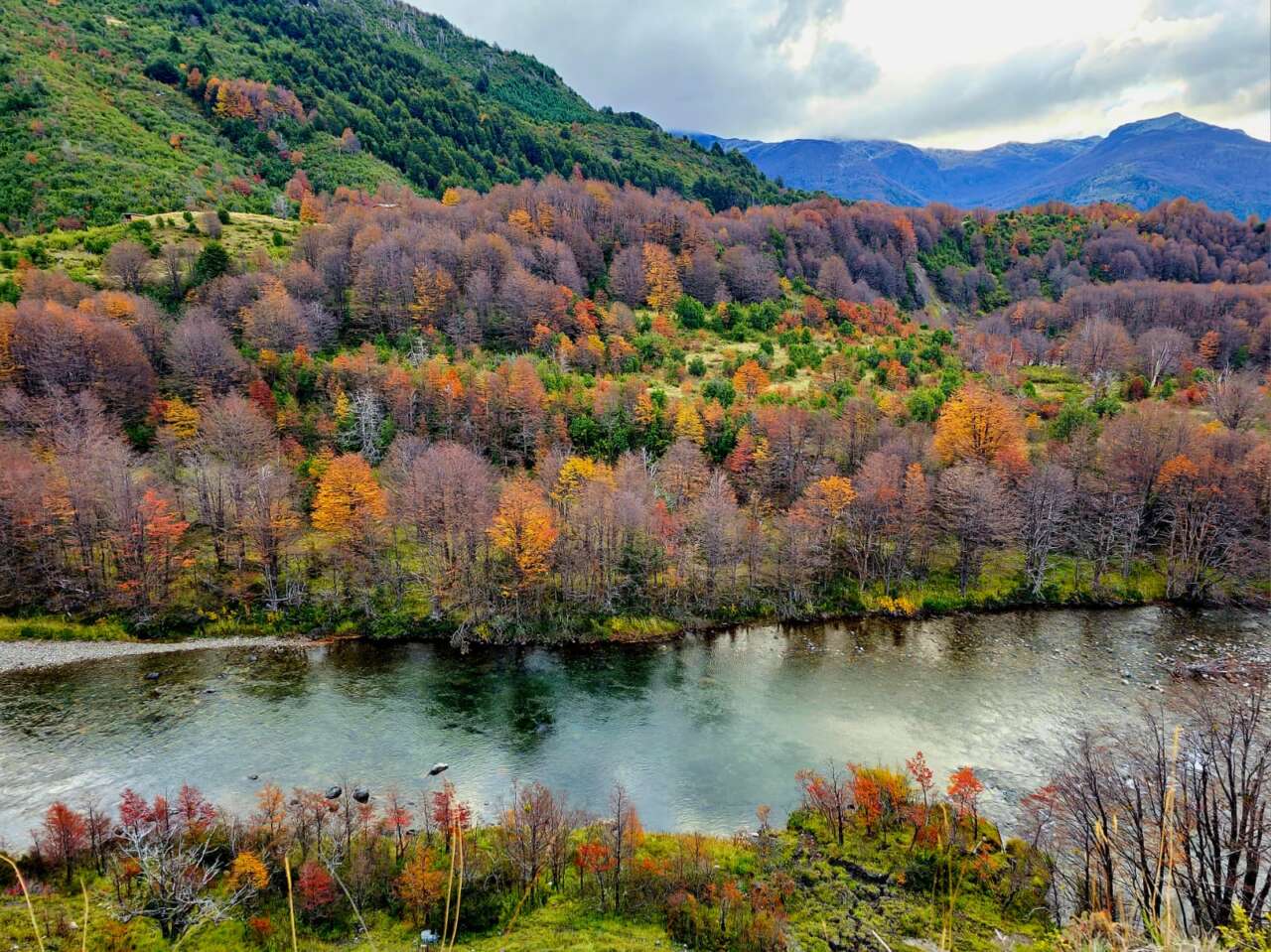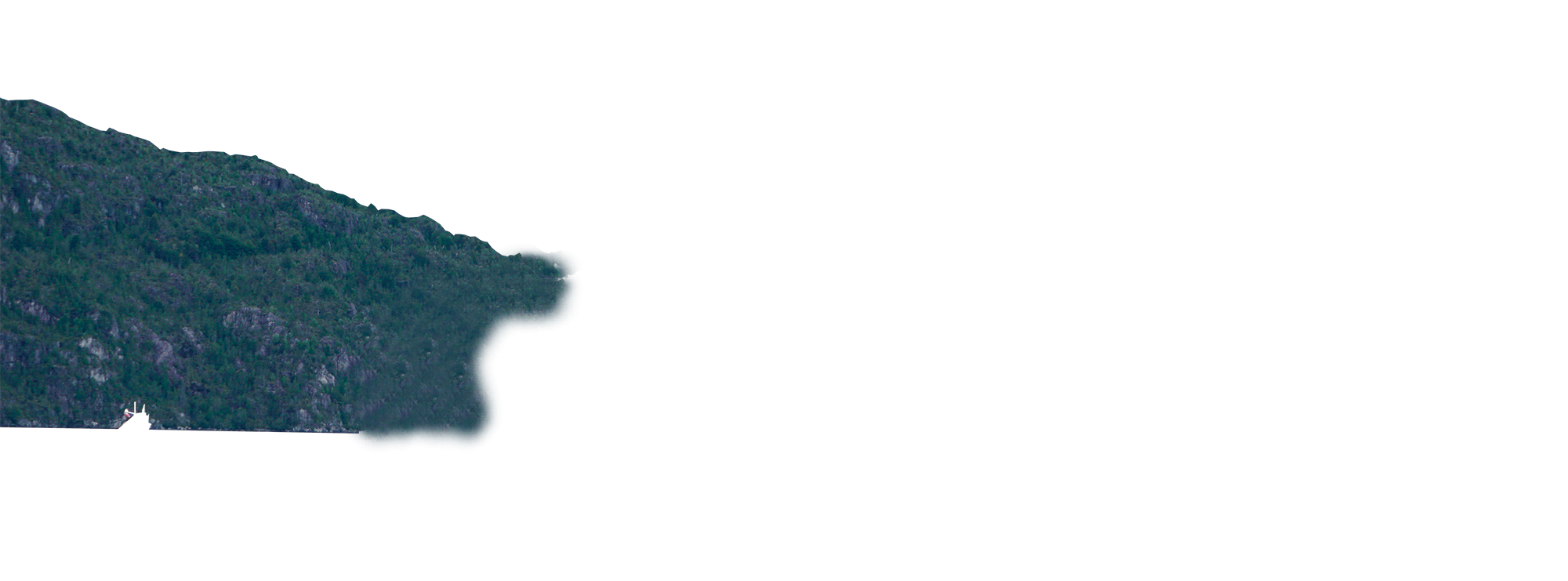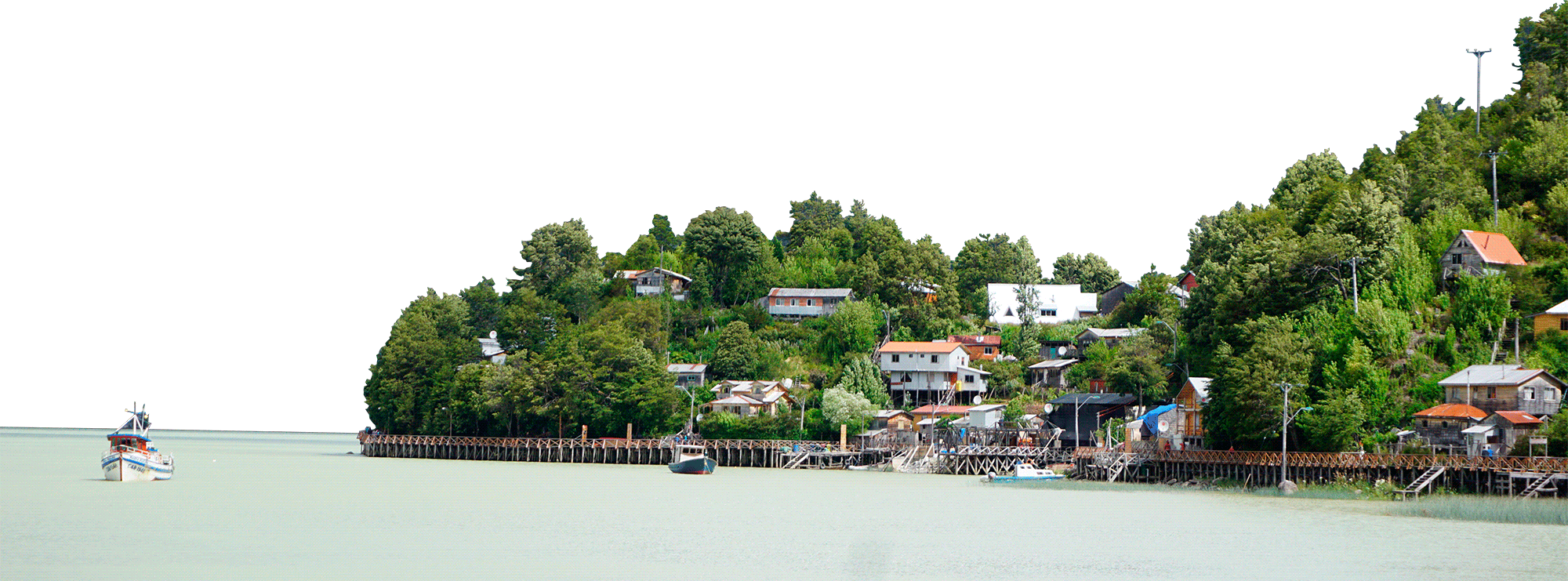


Of the 83 protected areas existing in the Chilean Patagonia, 41 belong to the State’s National Protected Wilderness Area System (SNASPE), managed by CONAF. There are 19 National Parks, 14 National Reserves, and eight Natural Monuments which, together, cover 20,071,675 hectares and account for 89% of the entire national surface under SNASPE protection. In addition, this protected area system also comprises a large part of the Chilean Patagonia sea: The marine surface area of this region –up to the borderline of the territorial sea (12 nautical miles)– is almost four times the size of Belgium (30,528 square kilometers), about 50% of which is protected under different figures, mainly by the SNASPE.
While the numbers looks good, in practice most of these protected areas currently face major conservation threats: Low annual budgets; poor or inexistent management plans; lack of enforcement; and almost no participation of local communities in their development plans, just to name a few.
The Austral Patagonia Program works together with CONAF to help improve the management of Protected Wilderness Areas in Patagonia by supporting local, regional, and national planning, funding, training, governance, and monitoring processes, in line with international and cutting-edge protected area management standards.
A protected area meets its goals when it is effectively managed to maintain its natural and cultural wealth.
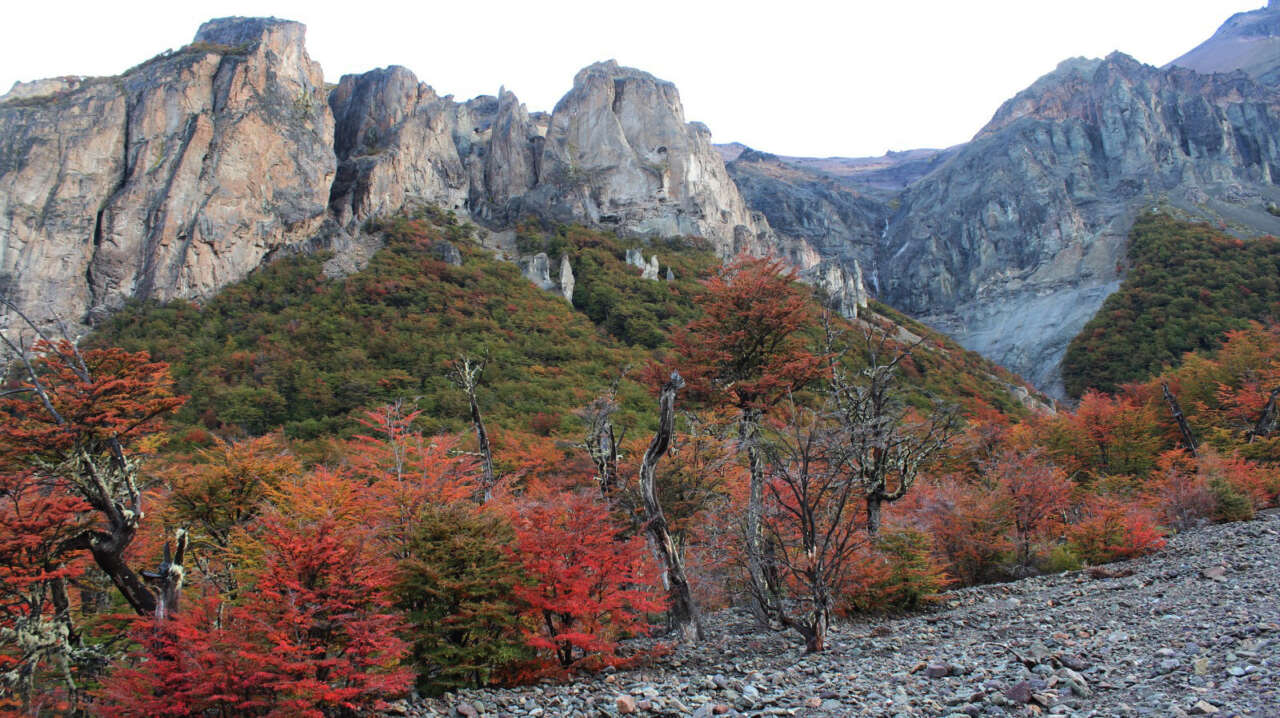
The search for strategies and tools to improve the management of the Chilean Patagonia protected areas –helping them meet the conservation goals for which they were created– led us to support the IUCN Green List of Protected and Conserved Areas Program (IUCN Green List Program). This tool is an opportunity for national protected areas –regardless of their governance scheme– to advance towards effective management and display positive biodiversity conservation results based on a standard that introduces a modern development and management vision for these areas.
The national parks and reserves in the Chilean Patagonia not only cover a vast land surface but also an important portion of the sea, with unique associated ecosystems, biodiversity, and traditional cultures. At least 6.3 million hectares of CONAF managed coastal-marine ecosystems under the SNASPE have lacked the required safeguards to protect them from what threatens their ecological integrity and conservation.
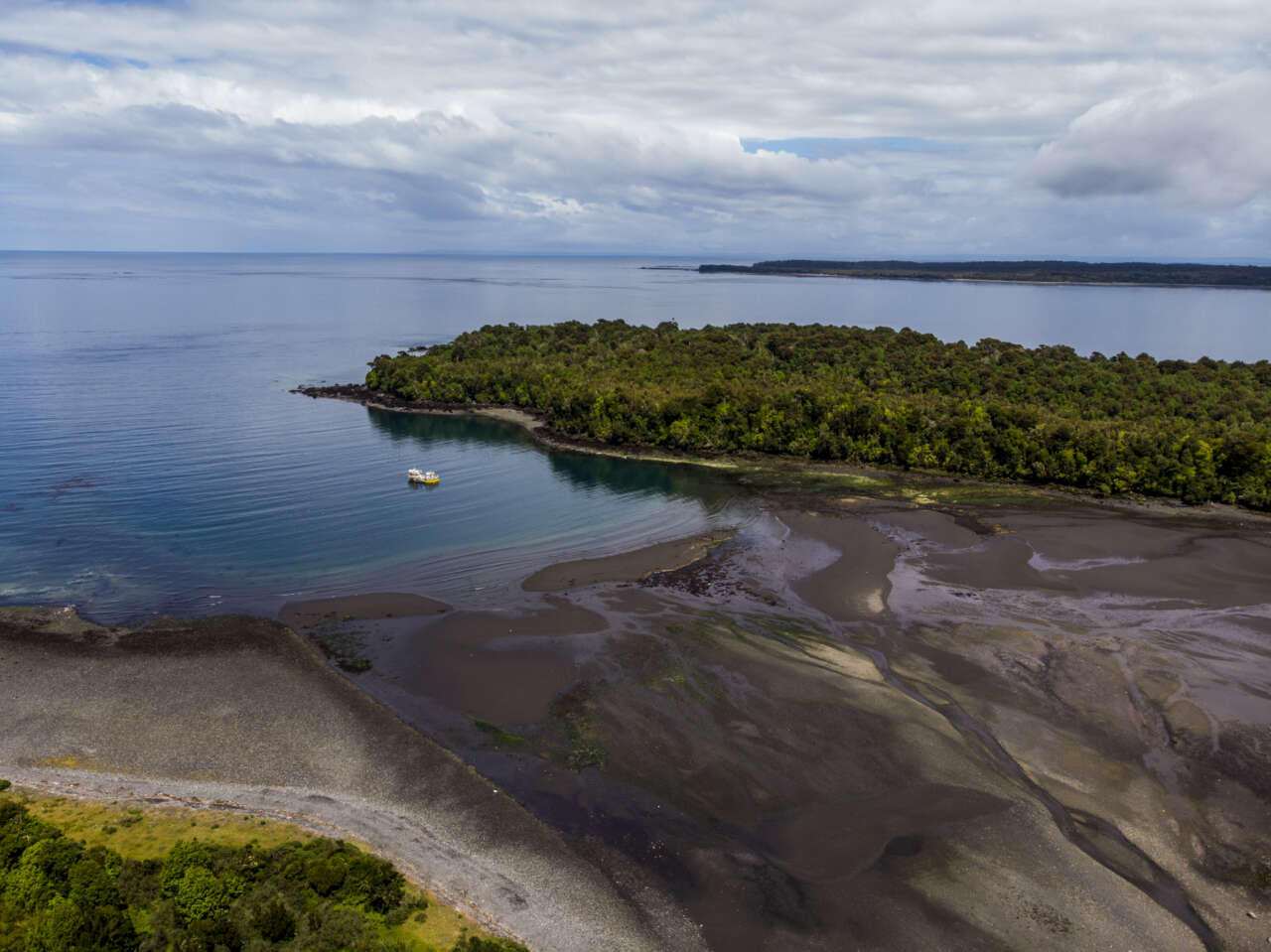
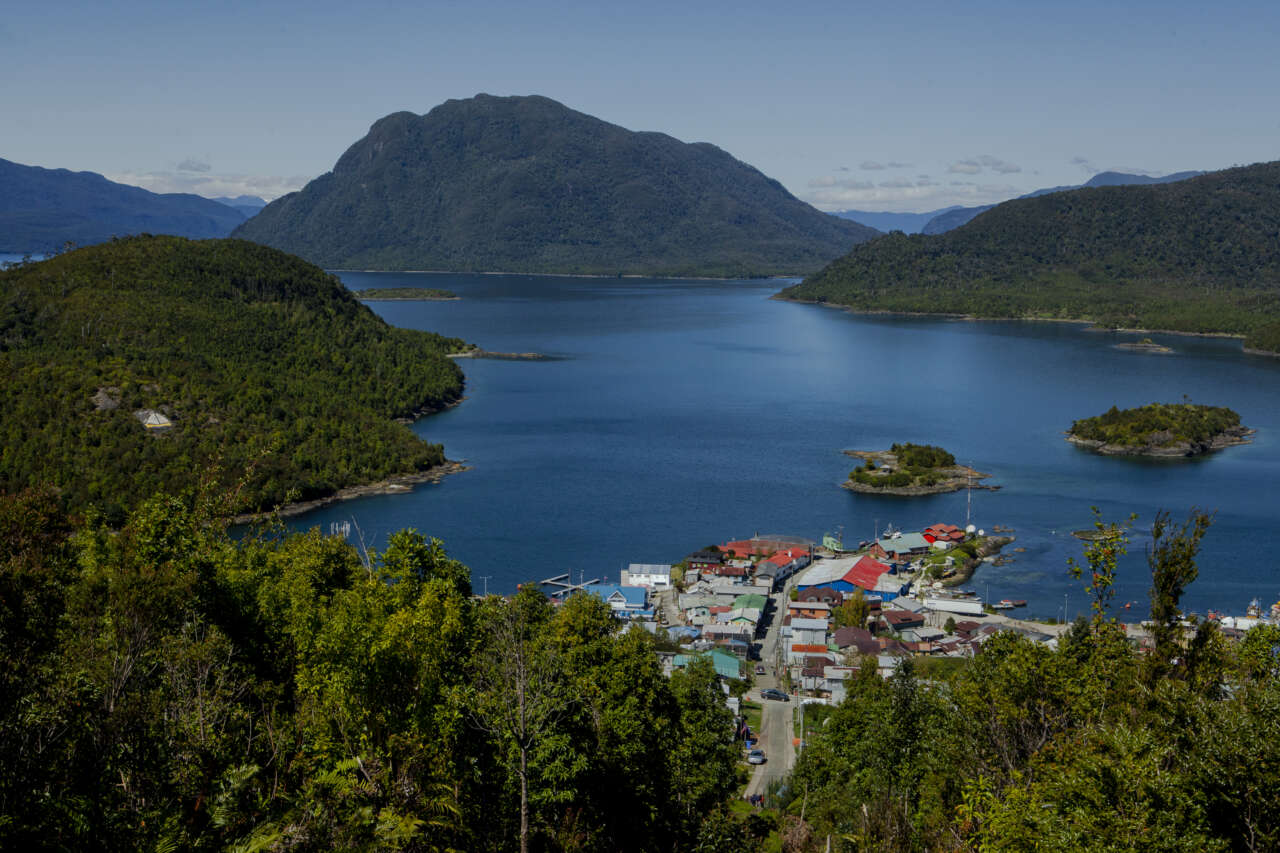
Given the physical proximity of the protected areas to nearby local communities, a relationship with common social, ecological, and economic responsibilities and benefits can be established. For example, local communities can benefit from nature travel promoted by the area, while contributing to its sustainable use, in line with biodiversity conservation. These communities –which operate as true access gates to the protected areas– are called “Gateway Communities”, and their engagement in area management is required to harmonize ecosystem conservation with social development based on the vision and identity of its inhabitants.
Protected areas need a management plan that establishes technical and regulatory aspects, and the actions required to guarantee the conservation of natural resources and biological diversity; the conservation and maintenance of water flows; soil conservation; landscape value maintenance; and protection of endangered, vulnerable, rare, or data deficient species. Every protected area needs a management plan; however, the complexities of the drafting process –particularly in protected areas as large as those in Patagonia– have made it difficult or delayed their development and/or updates.
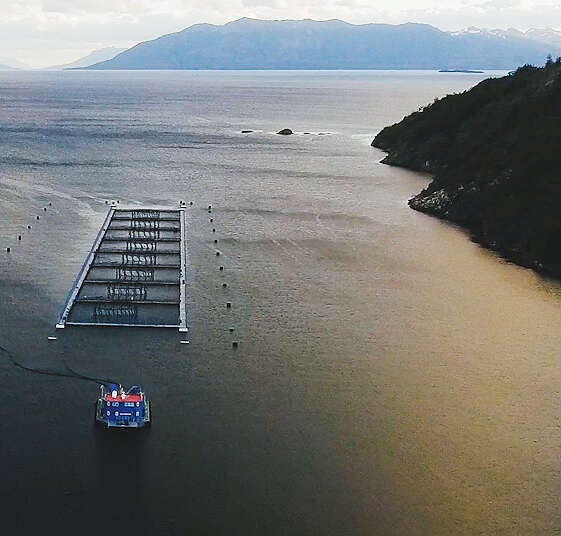
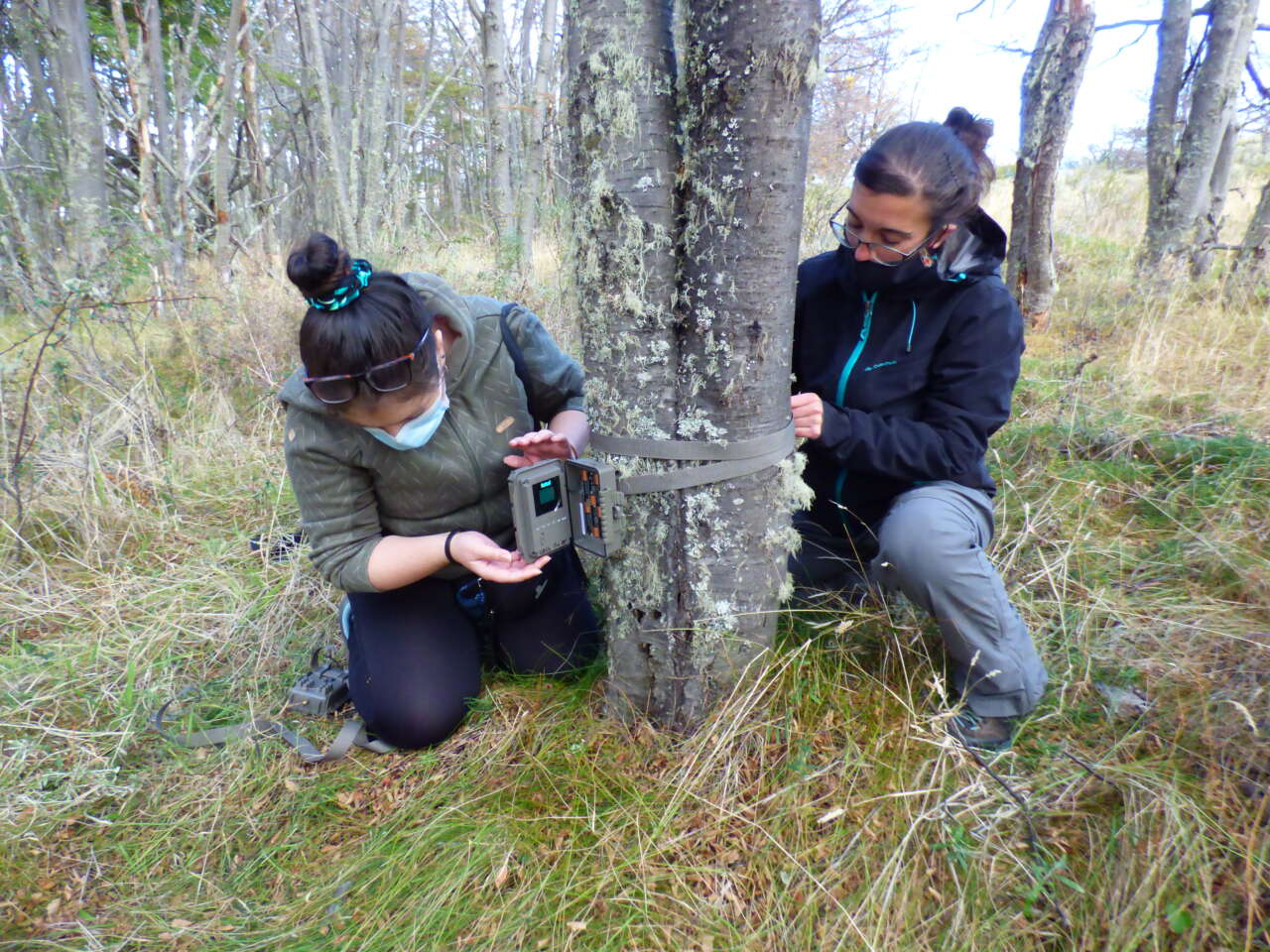
“To understand the dynamics of ecosystems and their threats in order to strengthen the preservation, conservation, and management of protected wilderness areas and be accountable towards society”; this is how CONAF defines the monitoring objective of SNASPE’s protected areas.
Monitoring is one of the most important activities in a protected wilderness area, as it helps assess the effectiveness of the practices implemented for species conservation and the control of threats. Identifying environmental changes at multiple spatial and temporal scales is critical for correct and timely decision-making, and to prevent biodiversity degradation and loss.
The management and administration of a protected wilderness area requires major budgetary efforts in order to meet its stated goal: Ecosystem and biodiversity conservation and the wellbeing of gateway communities and visitors. The trend, however, has been inauspicious. According to data provided by Terram Foundation, the budget allocated to SNASPE’s management in 2022 amounted to CLP24,509 million; and for year 2023, the figure was cut to CLP19,045 million, i.e., a 21% drop.
If the management standard proposed by the IUCN Green List is to be achieved, it is critical to support fundraising actions within the State or beyond.
